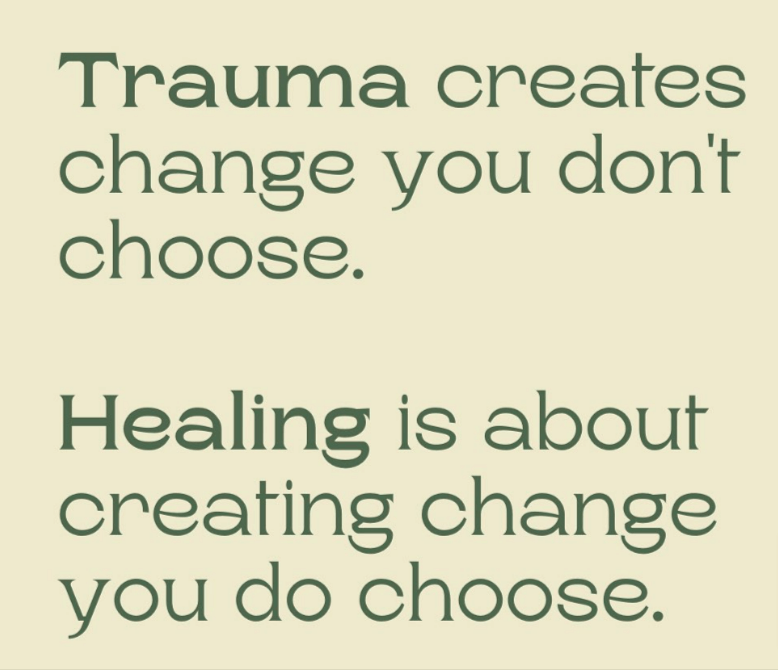Because of our social nature, it is essential for us to develop positive bonds with other people. Nonetheless, some people may find it challenging to build and maintain personal connections due to fear and avoidance. This is an example of the attachment style described as “fearful avoidant attachment,” which is characterized by an aversion to close emotional ties and apprehension of intimacy.
20% of the population displays characteristics of a fearful avoidant attachment style, according to studies. Individuals who have this attachment style may be wary of becoming close to others since they experienced childhood trauma or neglect. Fearful avoidant attachment can be overcome and healthy, happy relationships can be formed with the correct tools and techniques.
Methods like counseling, mindfulness techniques, and introspection are discussed as potential avenues for overcoming anxious, avoidant attachment. We will also talk about how your attachment style affects your interactions with others. You may conquer your worries and form deep, meaningful relationships with the help of these guidelines.
Let’s Understand Fearful Avoidant Attachment

1. Fearful Avoidant Attachment and Its Origins
When a person grows up with inconsistent or abusive caring, they may develop a fearful avoidant attachment pattern. Insecure attachment is characterized by an aversion to close relationships and a need for autonomy. It goes by a few different names, including anxious-avoidant attachment and disordered attachment.
It’s possible that children with this attachment pattern were neglected and/or abused by their caretakers. Kids may have been frightened by their caretaker’s actions and unclear of what to do in response. They may learn to either avoid close connections altogether or to seek them out just to pull away when they become too near.
Insecure attachment styles have their roots in traumatic interactions with primary caregivers throughout early development. For instance, if a child’s primary caretaker lacked empathy, the kid might grow up to be emotionally withdrawn. As an alternative, if the caretaker was abusive, the youngster may have been taught to avoid close relationships with others out of fear of being hurt.
2. Fearful Avoidant Attachment Traits
A wide variety of personality traits and behavioral patterns may be indicative of the scared avoidant attachment type. Possible examples of this are:
- Difficulty forming close relationships: Those with this attachment style might struggle to make meaningful connections with others. If they sense they are getting too near to someone, they may try to push them away.
- Ambivalence towards relationships: A person with relationship ambivalence may seek out connections yet pull away when they become too close.
- Fear of rejection: Relationship ambivalence manifests itself in those who actively seek out relationships but then withdraw when they become too close.
- Emotional volatility: Those who identify with this attachment type may go through significant emotional swings, from fury to fear to depression.
- Hypervigilance: They may be too watchful of others’ actions, alert for any sign of danger or rejection.
- Self-sufficiency: They may also be extremely unreliant on others, preferring to rely on themselves.
3. How It Impacts Communication and Relationships
Relationships and communication can be severely impaired by the fearful, avoidant attachment style. Individuals with this attachment style may experience loneliness and isolation because of their inability to build close, personal relationships.
Those who have scared avoidant attachment may have trouble trusting their partners and may avoid becoming close to them in romantic relationships. As a result, their partners may feel rejected and frustrated when they avoid physical and emotional closeness.
People with this attachment style may have difficulty expressing their feelings in conversation and instead come out as guarded or protective. They may also have trouble reading the emotions of those around them, which can lead to miscommunication and friction.
Advice for Overcoming Fearful Avoidant Attachment
Self-reflection, self-awareness, and professional support can be helpful when working through the difficulties of overcoming scared avoidant attachment. Some strategies that may aid those with this attachment style in forming more secure bonds with others and facing their concerns are provided below.
Recognizing and Acknowledging Attachment Patterns
Understanding your own attachment style is the first step toward overcoming anxious, avoidant behaviors. To do so requires an awareness of the thoughts, feelings, and actions that are typical of people with this attachment style. Individuals can start to address the causes of their attachment style once they become aware of these patterns.
Seeking Therapy and Professional Help
Those who struggle with a scared avoidant attachment may benefit greatly from therapy and other forms of professional assistance. Understanding one’s attachment style, uncovering the reasons that have contributed to one’s attachment style, and developing ways to overcome one’s concerns and form healthy connections are all things that a skilled therapist can assist with.
Practice Mindfulness and Self-Awareness
In order to overcome anxious, avoidant attachment, it can be helpful to practice mindfulness and self-awareness. One’s ability to detect and break destructive patterns of behavior depends on one’s capacity for self-awareness. Meditation, yoga, and journaling are all examples of mindfulness practices that can aid in developing insight into oneself and resiliency in the face of emotional difficulties.
Communication and Conflict Resolution Training
Building strong bonds requires the ability to communicate clearly and calmly in times of dispute. Someone with a scared avoidant attachment may have trouble expressing their feelings and demands, increasing the potential for misunderstandings and arguments. Individuals can learn to communicate more effectively and handle challenging interactions with others by developing their assertiveness skills and conflict resolution tactics.
Build Healthy Boundaries
Those who have scared avoidant attachment need to work especially hard at establishing appropriate boundaries. It entails being forthright about one’s wants and desires in a relationship and establishing clear boundaries. Setting appropriate limits can help people safeguard their emotional health and foster more satisfying connections with others.
Self-Esteem-Boosting Activities
Individuals with a fearful avoidant attachment may benefit from participating in activities that foster personal development and a healthy sense of self-worth. This can be done by engaging in activities that you enjoy and that lead to a feeling of satisfaction and mastery. Self-respect and confidence help people face their concerns and form connections that can weather any storm.
Surround Yourself with Supportive People
Fearful avoidant attachment can be overcome by surrounding oneself with positive individuals. Having a solid circle of friends, relatives, or people in a similar situation might help you feel like you have a place in the world. It can also aid in the cultivation of trusting, healthy relationships.
Overcoming Fearful Avoidant Attachment in Romantic Relationships
There are a number of approaches that can assist individuals in overcoming scared avoidant attachment in romantic relationships and developing healthier, more meaningful connections with their partners. Some proven methods for dealing with anxious, avoidant attachment in love relationships are as follows:
1. Fearful Avoidant Attachment Communication with a Partner
Those who tend toward fear, and avoidant attachment should make their partners aware of this trait. By discussing their emotions and anxieties openly, they can build trust and emotional closeness. Partners can work together to create communication techniques that take into account each person’s unique concerns and requirements.
2. Building Trust and Intimacy in a Relationship
Those who have scared avoidant attachments need to work on developing trust and emotional connection with others. Consistent and reliable communication, helpful conduct, and mutual respect are all ways in which partners can work together to create trust. Sharing one’s innermost thoughts and emotions, showing one’s vulnerability, and bonding over shared experiences are all ways to strengthen one’s emotional intimacy with someone.
3. Identifying and Fixing Relationship Triggers
Fear of rejection or abandonment can cause people with fearful avoidant attachments to drive partners away or ruin relationships. When people are aware of their own patterns and triggers, they are more equipped to work on them and create more positive habits in their relationships. Together, you can figure out how to deal with the things that make you feel bad and how to talk about them without making things worse.
Frequently Ask Questions
What is fearful avoidant attachment?
A fear of intimacy and a reluctance to form intimate emotional ties characterize the attachment style known as fearful avoidant attachment. It’s common to see it in people who experienced neglect or abuse as kids.
How common is fearful avoidant attachment?
According to the available data, roughly 20% of people generally have a scared avoidant attachment pattern.
What are some tips for overcoming fearful avoidant attachment?
Seeking therapy, practicing mindfulness, participating in self-reflection, and learning how your attachment type affects your relationships are all helpful steps toward overcoming frightened avoidant attachment.
Can therapy help with fearful avoidant attachment?
The answer is yes, counseling can help you get over your scared, avoidant attachment style. A therapist can shed light on the origins of your worries and suggest ways to foster more positive interactions with others.
Is it possible to overcome fearful avoidant attachment?
It is possible to overcome scared avoidant attachments and develop healthy, rewarding relationships with the help of the correct tools and techniques. Yet, overcoming your concerns and creating new relationship habits might take time and effort.











